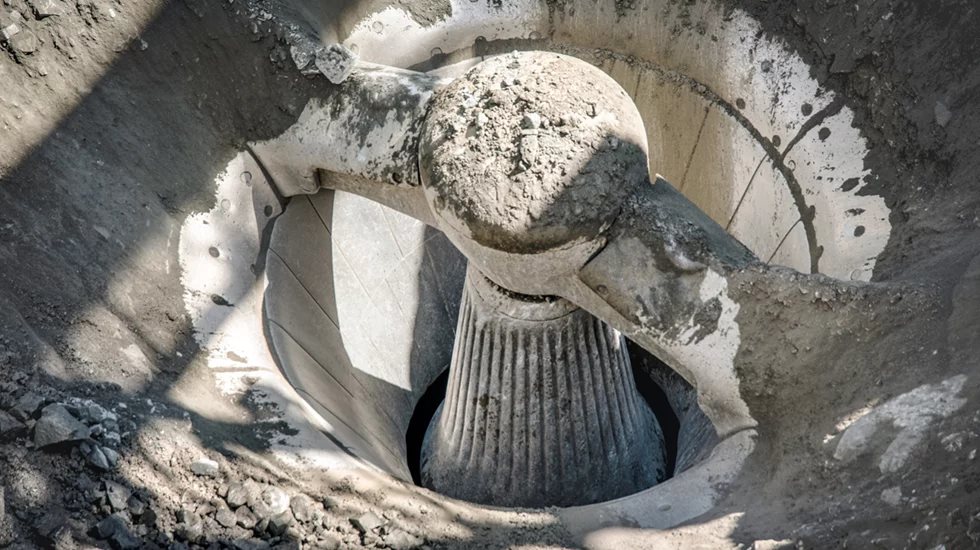Every crushing site and operation is different, so the choice of the crusher depends on the material to be processed and the ideal size of the final product. Selection may seem difficult, but luckily there are tools and software available that simplify weighting different options and help in making decisions. The backbone of all these analyses is careful calculation that takes into account the capabilities and constraints of different crushers and operational requirements. This includes combining theoretical conclusions with practical experience of different materials, operational conditions, maintenance needs, and economic aspects of various alternatives. Simply put - determining which technology is the most suitable option for production with the least possible stages.
All rock crushers can be classified as falling into two main groups. Compressive crushers that press the material until it breaks, and impact crushers that use the principle of quick impacts to crush the material. Jaw crushers, gyratory crushers and cone crushers operate according to the compression principle. Impact crushers, in turn, utilize the impact principle. Another way to classify the equipment is according to the stage where they are allocated in processing. For instance jaw or gyratory crushers in primary crushing and cone crushers in secondary crushing.
Primary crushing is for the robust
The very first crushers invented were jaw crushers, which are built to reduce the size of large materials and operate with high volume in primary crushing. Their main purpose is to reduce the material to a small enough size that it can be transported to the next crushing stage by conveyors. Jaw crushers can also be successfully applied in the recycling operations. The mechanics are quite simple, which makes the installation and maintenance easy.
As the name suggests, jaw crushers reduce rock and other materials between a fixed and moving jaw. The moving jaw is mounted on a pitman that has a reciprocating motion, and a fixed jaw stays put. When the material runs between the two jaws, the jaws compress larger boulders into smaller pieces.
Jaw crushers can be divided into two basic types, single and double toggle. In the single toggle jaw crusher, an eccentric shaft is on the top of the crusher. Shaft rotation, along with the toggle plate, causes a compressive action. A double toggle crusher has two shafts and two toggle plates. The first shaft is a pivoting shaft on the top of the crusher, while the other is an eccentric shaft that drives both toggle plates. The chewing movement, which causes compression at both material intake and discharge, gives the single toggle jaw better capacity, compared to a double toggle jaw of similar size.
Another type of crushers often used in the primary crushing stage is gyratory crushers that have an oscillating shaft. The material is reduced in a crushing cavity, between an external fixed element, a bowl liner, and an internal moving element, mantle, mounted on the oscillating shaft assembly. The fragmentation of the material results from the continuous compression that takes place between the liners around the chamber. An additional crushing effect occurs between the compressed particles, resulting in less wear of the liners. The gyratory crushers are equipped with a hydraulic setting adjustment system, which makes it possible to regulate the gradation of the crushed material.


